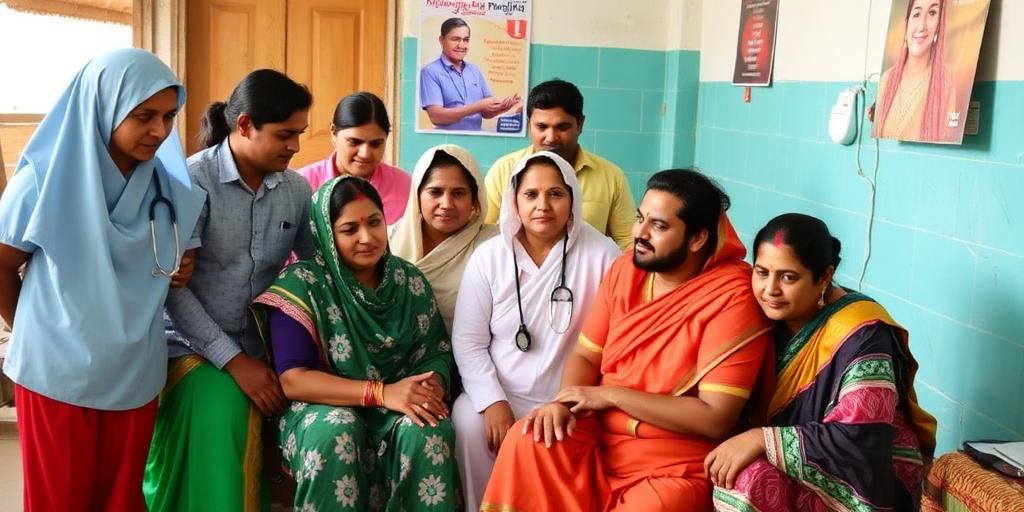The Evolving Landscape of Healthcare: A Spotlight on Community Health Workers (CHWs)
The healthcare landscape is undergoing a significant transformation, driven by factors such as aging populations, rising chronic disease rates, and the increasing need for accessible and affordable care. In this evolving context, Community Health Workers (CHWs) are emerging as pivotal figures, particularly in countries like India and in global healthcare systems looking ahead to 2025.
What are Community Health Workers?
Community Health Workers are frontline public health personnel who typically come from the communities they serve. This unique position enables them to build trust and bridge the gap between healthcare providers and individuals who may face barriers to accessing care.
The Role of CHWs in India
In India, CHWs, often known as Accredited Social Health Activists (ASHAs), play a crucial role in the National Health Mission (NHM). Their responsibilities include:
- Providing basic healthcare services: Distributing medicines, providing first aid, and managing minor illnesses.
- Promoting health awareness: Educating communities on sanitation, hygiene, nutrition, and disease prevention.
- Connecting communities with healthcare facilities: Facilitating access to services such as immunizations, antenatal care, and institutional deliveries.
- Monitoring health trends: Collecting data on births, deaths, and disease outbreaks to inform public health interventions.
The Global Significance of CHWs
Globally, CHWs are recognized for their potential to improve health outcomes, particularly in underserved communities. The World Health Organization (WHO) emphasizes the importance of CHWs in achieving universal health coverage (UHC). Their roles include:
- Extending healthcare access: Reaching populations in remote or marginalized areas where healthcare facilities are limited.
- Addressing health disparities: Tailoring interventions to meet the specific needs of diverse communities.
- Reducing healthcare costs: Preventing unnecessary hospitalizations and promoting early detection of diseases.
- Building community resilience: Empowering individuals to take control of their health and well-being.
Challenges and Opportunities for CHWs in 2025
Looking ahead to 2025, CHWs face both challenges and opportunities:
Challenges
- Inadequate training and support: CHWs often lack the necessary skills and resources to effectively perform their duties.
- Low compensation and recognition: CHWs are frequently underpaid and undervalued, leading to high turnover rates.
- Limited integration into healthcare systems: CHWs may not be fully integrated into formal healthcare structures, hindering their ability to collaborate with other healthcare providers.
Opportunities
- Leveraging technology: Mobile health (mHealth) technologies can enhance CHWs’ ability to collect data, communicate with patients, and access decision support tools.
- Strengthening partnerships: Collaboration between governments, non-governmental organizations, and the private sector can improve CHW programs’ sustainability and impact.
- Investing in training and capacity building: Providing CHWs with comprehensive training, ongoing mentorship, and career development opportunities can enhance their effectiveness and job satisfaction.
- Formalizing CHW programs: Integrating CHWs into formal healthcare systems and providing them with clear roles, responsibilities, and career pathways can improve their recognition and sustainability.
The Future of Healthcare with CHWs
Community Health Workers are poised to play an increasingly vital role in future healthcare systems, particularly in countries like India and globally. By addressing the challenges and seizing the opportunities, we can empower CHWs to improve health outcomes, reduce health disparities, and build healthier communities. As we move closer to 2025, it is imperative to invest in CHW programs and integrate them into the fabric of healthcare delivery. This strategic investment will not only strengthen healthcare systems but also contribute to achieving the Sustainable Development Goals (SDGs) related to health and well-being.
